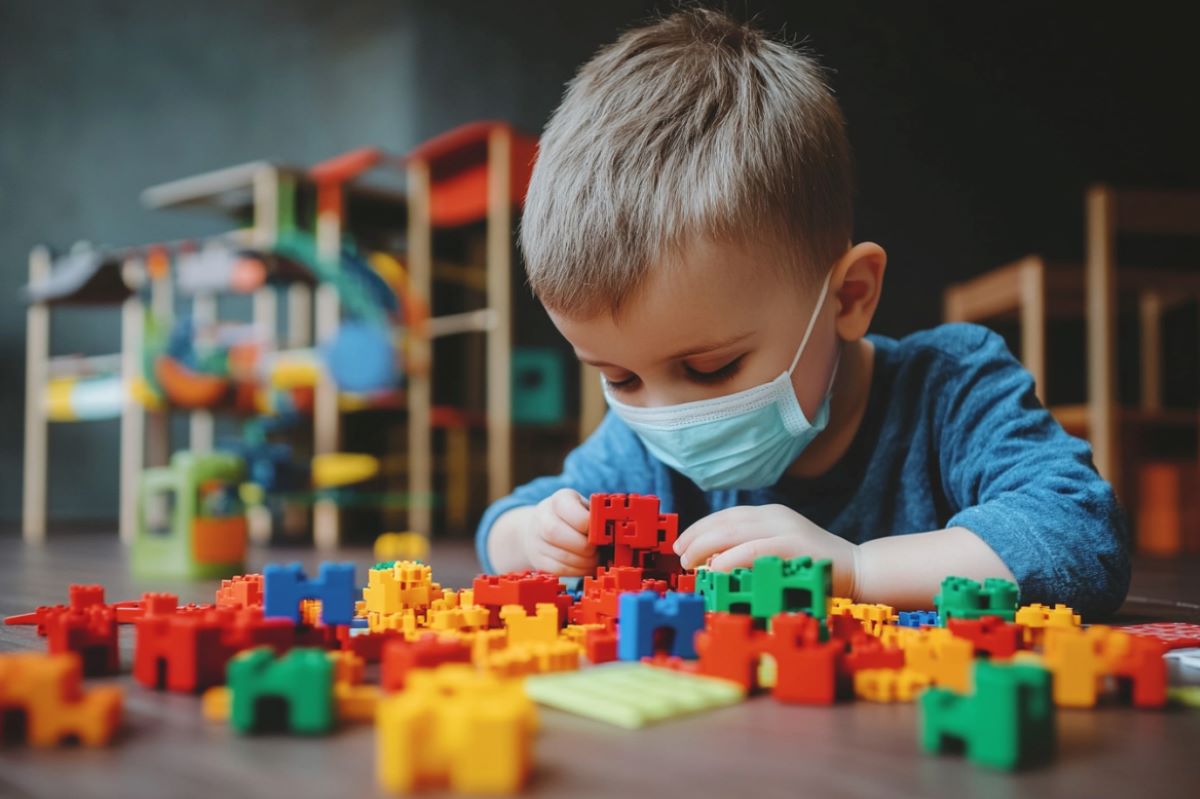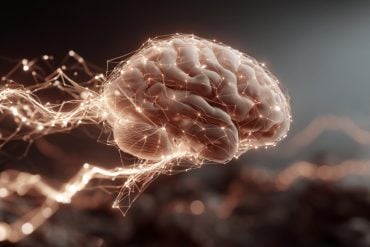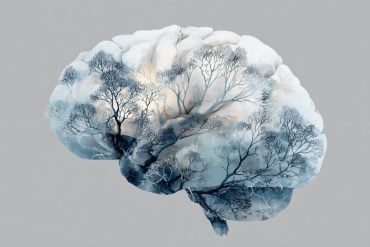Summary: A new study found that children born during the first year of the COVID-19 pandemic, including those exposed to the virus in utero, were no more likely to screen positive for autism than pre-pandemic children.
Researchers used a neurodevelopmental screening questionnaire for children aged 16-30 months and saw no differences in autism risk between these groups. Surprisingly, children whose mothers had COVID during pregnancy were less likely to screen positive for autism.
The study reassures parents that pandemic-related maternal stress or infection does not seem to increase autism risk.
Key Facts:
- Pandemic-born children showed no higher autism risk compared to pre-pandemic peers.
- Children exposed to COVID in utero were less likely to screen positive for autism.
- Researchers continue to monitor pandemic-born children for other developmental issues.
Source: Columbia University
Children born during the first year of the pandemic, including those exposed to COVID in utero, were no more likely to screen positive for autism than unexposed or pre-pandemic children, found researchers from Columbia University Vagelos College of Physicians and Surgeons.
The study, published in JAMA Network Open, is the first report on autism risk among pandemic-era children.

“Autism risk is known to increase with virtually any kind of insult to mom during pregnancy, including infection and stress,” says Dani Dumitriu, associate professor of pediatrics and psychiatry and senior author of the study.
“The scale of the COVID pandemic had pediatricians, researchers, and developmental scientists worried that we would see an uptick in autism rates. But reassuringly, we didn’t find any indication of such an increase in our study.”
It’s important to note, Dumitriu adds, that the study did not look at autism diagnosis, only the risk of developing autism as measured by a screening questionnaire filled in by the child’s parents.
“It’s too early to have definitive diagnostic numbers,” she says. “But this screener is predictive, and it’s not showing that prenatal exposure to COVID or the pandemic increases the likelihood of autism.”
“There has been broad speculation about how the COVID generation is developing, and this study gives us the first glimmer of an answer with respect to autism risk.”
Investigating autism risk and COVID
Dumitriu’s team has been studying the potential effects of COVID—pandemic-related maternal stress and maternal infection—on child neurodevelopment at different points since birth through the COMBO (COVID-19 Mother Baby Outcomes) Initiative. Children who were in the womb during the first phases of the pandemic are now reaching the age when early indicators of autism risk could emerge.
The current study examined nearly 2,000 children born at NewYork-Presbyterian’s Morgan Stanley Children’s Hospital and Allen Hospital between January 2018 and September 2021. Autism risk was calculated based on responses from a neurodevelopment screening questionnaire that pediatricians give to parents to evaluate toddlers’ behavior.
Scores were compared for children born during and prior to the pandemic and for children with and without in utero exposure to COVID. All children were screened between 16 and 30 months of age.
Reassuring results
The researchers found no difference in positive autism screenings between children born before the pandemic and those born during the pandemic.
“COVID is still quite prevalent, so this is comforting news for pregnant individuals who are worried about getting sick and the potential impact on autism risk,” Dumitriu says.
Surprisingly, the study also found that fewer children exposed to COVID in utero screened positive for autism compared with children whose moms did not have COVID.
“We suspect that having COVID during pregnancy may have influenced parents’ assessment of their child’s behaviors,” Dumitriu says.
“Parents who did not have COVID may have experienced higher stress — due to the constant worry of getting sick and the vigilance around preventing infection — and may have been more likely to report concerning child behaviors.”
Could autism show up later in childhood?
As the children age, the researchers will continue to monitor them for autism diagnoses. But based on the current results, Dumitriu thinks it unlikely that an uptick in autism related to COVID will occur.
“Children who were in the womb early in the pandemic are now reaching the age when early indicators of autism would emerge, and we’re not seeing them in this study,” Dumitriu says.
“And because it’s well-known that autism is influenced by the prenatal environment, this is highly reassuring.”
But other impairments may emerge later, and the researchers will continue to study the children’s neurodevelopment as they age.
Several studies of infants who were in utero during previous pandemics, natural disasters, famines, and wartime have shown that other neurodevelopmental conditions, potentially triggered by the stressful environment, can emerge in adolescence and even early adulthood.
“We need to acknowledge the unique experience and environment of children who were born during the pandemic—including parental stress and social isolation—and continue to monitor them for potential developmental or psychiatric differences,” says Morgan Firestein, associate research scientist in psychiatry and first author of the study.
More information
Dani Dumitriu, MD, is an attending pediatrician in the Newborn Medicine Section at NewYork-Presbyterian’s Morgan Stanley Children’s Hospital.
Other authors (all from Columbia University and affiliates except where noted) are Angela Manessis, Jen Warmingham, Ruiyang Xu, Yunzhe Hu, Morgan A. Finkel, Margaret Kyle, Maha Hussain, Imaal Ahmed Andréane Lavallée, Ana Solis, Vitoria Chavez, Cynthia Rodriguez, Sylvie Goldman, Rebecca A. Muhle, Seonjoo Lee, Judy Austin, Wendy G. Silver, Kally C. O’Reilly, Jennifer M. Bain, Anna A. Penn, Jeremy Veenstra-VanderWeele, Melissa S. Stockwell, William P. Fifer, Rachel Marsh, Catherine Monk, Lauren C. Shuffrey (New York University).
Funding: The study was supported by grants from the National Institute of Mental Health (R01MH126531 and T32MH016434) and the Eunice Kennedy Shriver National Institute of Child Health and Human Development (K99HD108389 and P2CHD058486).
The authors report no conflicts of interest. Additional disclosures are found in the paper.
About this Autism research news
Author: Helen Garey
Source: Columbia University
Contact: Helen Garey – Columbia University
Image: The image is credited to Neuroscience News
Original Research: The findings will appear in JAMA Network Open






